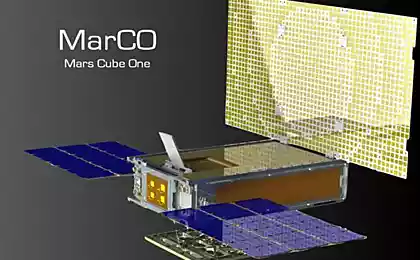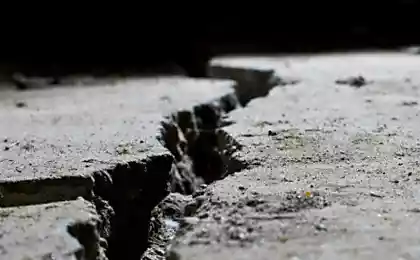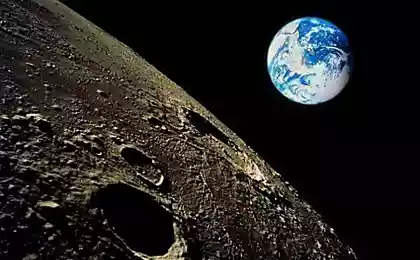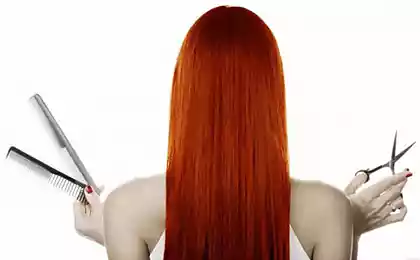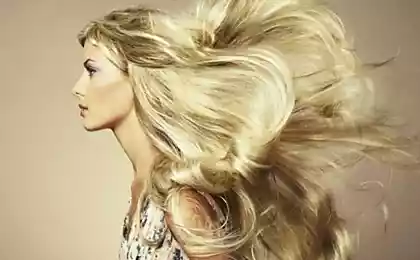1264
NASA is preparing a swarm of micro-satellites to the Moon
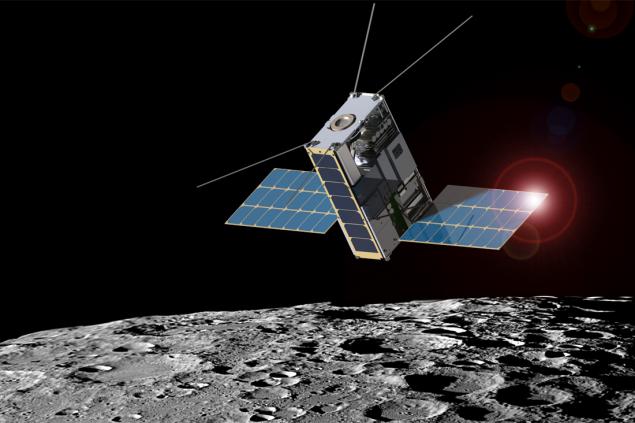
It seems the US space agency is serious about developing technology CubeSat for research in outer space. In 2018 it is planned to launch the super-heavy launch SLS, which will send to the moon not only космический ship Orion , but a dozen satellites, each weighing less than 15 kg.
SLS - the new generation missile, which, however, repeats Opportunity superheavy rocket past - Saturn V, and "Energy". More precisely, even not up to them if possible, but almost three times superior to all existing heavy rocket power. SLS created under the concept of "Fly to the moon, asteroids and beyond." Its main purpose - deducing Orion manned spacecraft on interplanetary orbit. Although now working on research and unmanned missions, the main task of SLS - sending people.

The first flight of the Orion must fly empty, ie, without crew. On board will only sensors and video cameras. But take the vacant lot of experimental microsatellites, which should test the new technology in the interplanetary space and conduct additional exploration of the Moon.
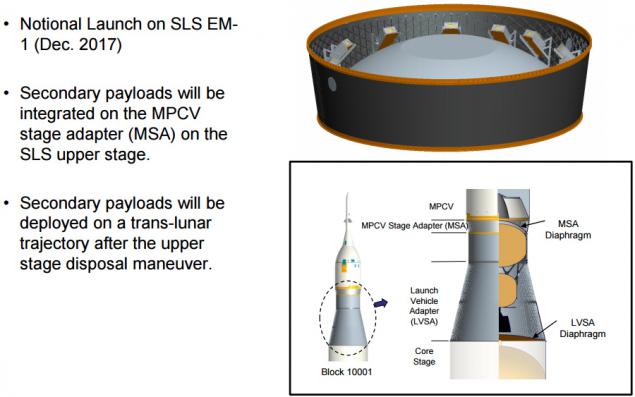
Previous lunar satellites launched dozens of kilograms of weight, and up to several tons. Such devices are usually charged with a large number of scientific instruments. This allows complex investigations, work with the results of several teams of scientists from different organizations or countries. But there were some difficulties: the instruments competing for energy, the use of radio, working time. That is, for each unit of global research satellite took a long time, that does not always succeed.
Now ready for testing a new concept: one device - one satellite. Or an experiment - one satellite. Given that the traditional spacecraft cost tens or hundreds of millions of dollars. New as microsatellites cost $ 1-2 million.
There is a catch: the traditional lunar vehicles created from radiation-resistant components. A CubeSat technology involves the use of industrial electronics, which was created for Earth to space industry and is not ready. But, as long-term practice of operation of industrial CubeSat, they suffer bad conditions of space. Of course in low orbits of solar flares to protect the Earth's magnetosphere, but the galactic radiation, vacuum, temperature difference microsatellites hold quite decent. Some manage to work for several years. But for the key nodes of the Moon plan to take at JPL - radstoykie.
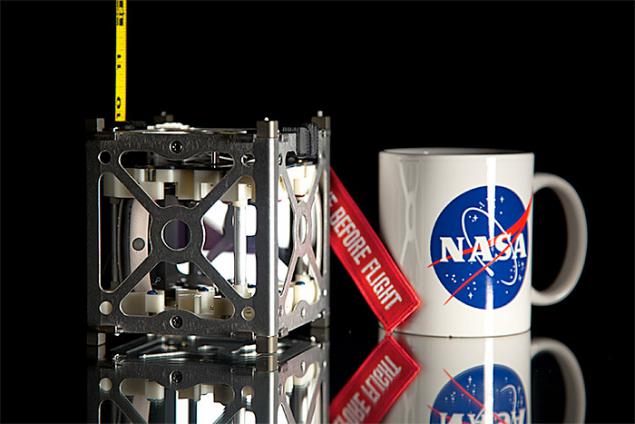
The use of micro- and nano-satellites CubeSat makes it much faster and cheaper to test new technologies in space. After all, build and run such a device is much cheaper and faster than traditional satellite to several hundred kilograms. In each new mission, you can use those components that have proved effective in the previous generation, and to put something new. In this way the "cosmic evolution" sharply accelerated that ensures progress in space exploration.
Now NASA has decided that it is time CubeSat brings a new level - an interplanetary. Couple microsatellites to Mars in 2016 is already being prepared, and now dozens of the Moon.
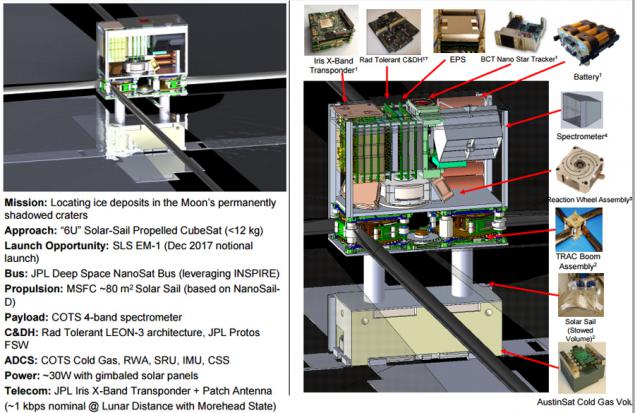
While details have told only about the first two devices. Each of them will be processed in Earth orbit "kubsatnaya" electronics, but other than that - the advanced research instruments and additional funds needed in the open space. The development of actively participating universities, ie in addition to science and technology, these will still CubeSat and education.
Satellite IceCube form factor 6U (12x24x36 cm) should study the geology of the moon and search for water ice deposits. This task will be to carry out the unit Broadband InfraRed Compact High Resolution Explorer Spectrometer (BIRCHES). It is similar to an infrared spectrometer instrument LEISA machine New Horizons.
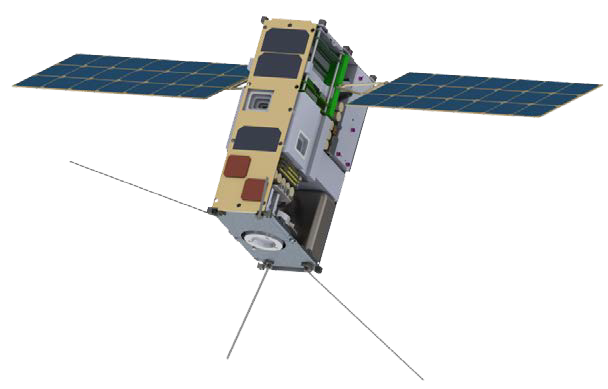
To control the spacecraft IceCube will use a three-axis system of motor flywheels and ion engine BIT-3 RF . Without the jet engine outer space is difficult to do, so it is almost an essential tool, especially if the satellite will have to look in one direction or the other.
Despite the fact that the satellite is launched missile passing, he will make a lot of maneuvers to reach the moon. The problem is that the rocket will ask only the acceleration in the direction of the moon, and then the satellite may have to slow down to enter the lunar orbit. Ion engine makes it impossible to make a sharp braking, so you have to use the gravity of Earth, moon and sun.

On the spacecraft Lunar Flashlight assigned more ambitious goals. First, it will use a solar sail area of 80 square meters for braking the moon and go to the target orbit. Second, reaching a height of 20 km orbit, Lunar Flashlight live up to its name and will throw the sunbeams in the craters at the poles of eternal night of the moon. Results of lighting works will record an infrared camera on board the satellite.
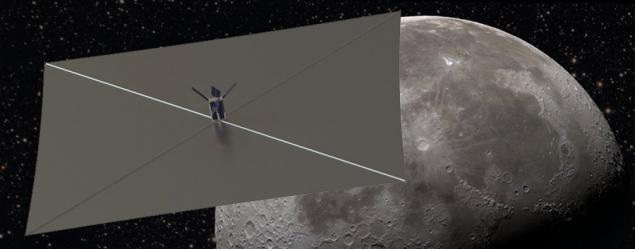
Such exotic methods of movement in space and study used to test the hypothesis of the public deposits of ice on the moon. Here, based on the experience gained in the study of Mercury . There's ice in polar craters found with a laser, which managed to capture reflected in the depth and darkness. It is true there is still glaciers examined using radio telescopes, such as the Moon is not fixed.
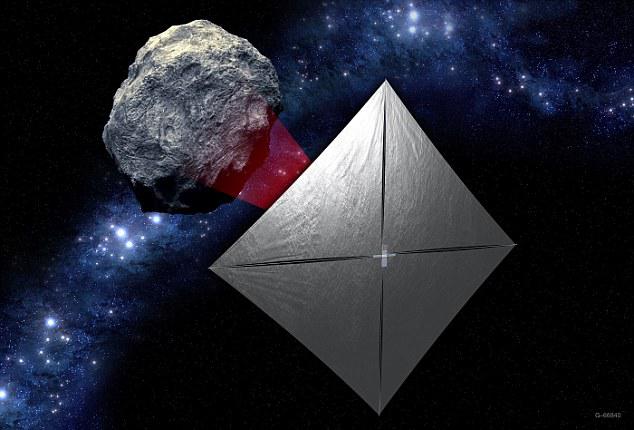
In the future, the concept of Lunar Flashlight plan to use for the survey near-Earth asteroids. As for the lunar experiments, I would not have hoped for a full success of the planned programs, too many bold and untested solutions immediately. But this is the essence of progress - to go where no one has ever been, and test equipment at extreme loads. Each new step is more and more successful.
Source: geektimes.ru/company/dauria/blog/259888/


